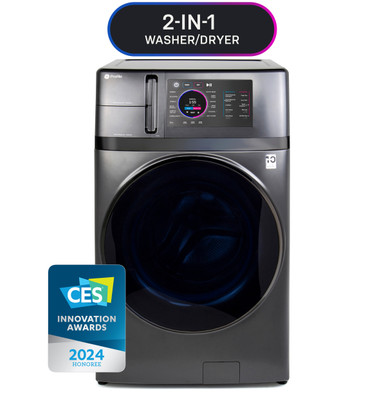You have strong opinions coupled with a fundamental misunderstanding of how these systems work. I'm not an expert in thermodynamics, but the concept of moving heat with refrigerant is relatively straightforward.
Using heat from the house isn't "sucking it all out". You're just concentrating it in the dryer for a while. If I'm heating my house in the winter, yes - the furnace will have to spool up a bit to balance things out in the living space while the dryer is running. Someone smarter than me can probably do the math on that, and I would suspect the extra run time on the furnace wouldn't be enough to catch my attention while it's happening. However, once it stops, the heat is... drumroll... still in the dryer. And the clothes. The clothes come out of the dryer, and because they're warmer than the air in the house, they release the heat energy they borrowed. The dryer does the same thing. The heat generated through inefficiency of the heat pump also warms the house. That energy isn't free, but it ultimately gets used to heat the house, which I'm paying to do anyhow.
As for the moisture, it's been pointed out in the thread that the system referenced by Skyactiv is a combination washer/dryer. I'm not sure how your washer works, but when mine has water it needs to get rid of, it pumps it out of the discharge hose and into the waste line. This isn't a new challenge.
As for a heat pump being slower than an electric heating element, surely you're correct there. I don't think the entities who will mandate this sort of technology change in the interest of energy savings are particularly concerned with convenience.



